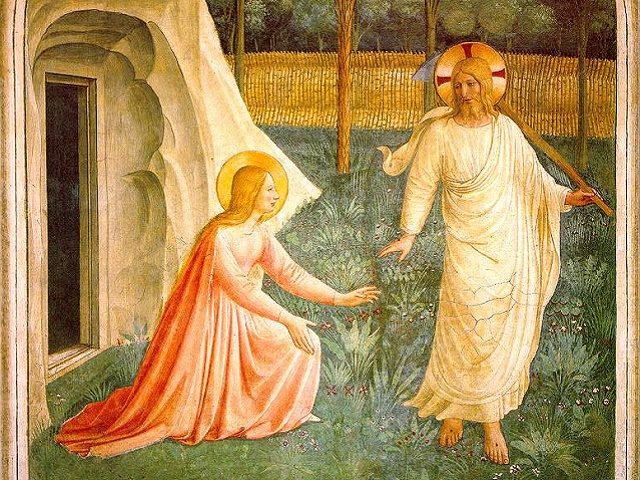A new report released by National Geographic reveals that Christianity’s holiest site, the tomb of Jesus Christ in Jerusalem, risks a major collapse because of crumbling foundations undergirding it.
The Church of the Holy Sepulcher is built on the location venerated by Christians for nearly two millennia as the site of Christ’s burial and resurrection from the dead. Now a team of scientists from the National Technical University of Athens (NTUA) has discovered that the shrine is subject to a “very real risk” of massive structural failure.
The researchers recently finished a year-long restoration project on the tomb, and during the work found that the complex is supported chiefly by precarious foundations of crumbled rubble from former structures.
Using equipment such as ground-penetrating radar and robotic cameras, the team found that portions of the shrine’s foundation sit on the remains of earlier buildings, while other parts rest on the edge of very steeply sloped, quarried bedrock.
The foundations are further compromised by a system of tunnels and channels that undermine the base’s structural integrity.
“When it fails, the failure will not be a slow process, but catastrophic,” said the team’s chief scientific supervisor, Antonia Moropoulou.
In her article, Kristin Romey said that according to archaeologists, at the time of Christ the site was home to a former limestone quarry that had been converted into a burial ground for the Jewish upper class. A number of tombs were in fact discovered on the grounds of the church along with the sepulcher believed to have held Jesus’ body.
This theory lends credence to the gospel account of Christ’s burial, which suggests that after his crucifixion and death, Jesus’ body was laid in an unused tomb “hewn out of the rock” belonging to one Joseph of Arimathea, a wealthy member of the Jewish community.
The NTUA researchers are now strongly recommending that additional work be undertaken to reinforce the shrine’s foundations to avoid disaster.
The team is proposing a “10-month, six-million-euro project” to shore up the building’s foundations. The operation would entail removing broken stone paving, solidifying rubble and deteriorated mortar, and installing a new drainage system.
Three major Christian groups hold primary control over the site: the Greek Orthodox and Armenian Patriarchates of Jerusalem and the Franciscan Custos of the Holy Land. These groups had to sign off on the recently completed restorations, and their approval will be necessary for the NTUA team to move forward with its latest proposal as well.
The holy site is visited by some four million pilgrims each year, and any work undertaken would need to be done with as little disturbance as possible to the visitors.
Follow Thomas D. Williams on Twitter Follow @tdwilliamsrome

COMMENTS
Please let us know if you're having issues with commenting.